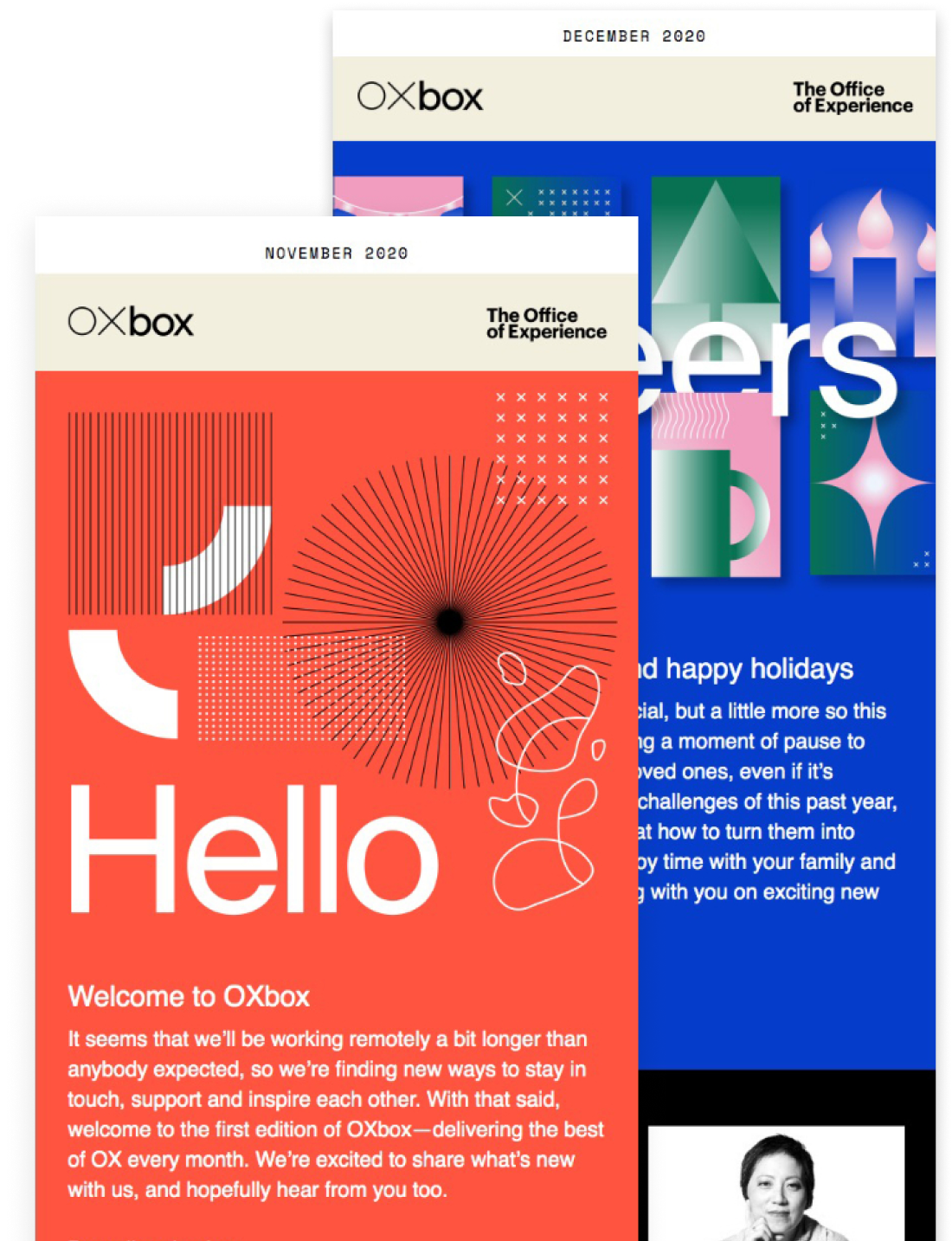BLOG

February 25, 2021
5 minute read

Matt Herlihy
Brand philosopher. Executive Director, Strategy, The Office of Experience. Author, speaker, and instructor.
Experience Design
REPLACE WITH TITLE
Sure, it costs time and effort. But a healthy dose might save us.

February 25, 2021
5 minute read
Matt Herlihy
Brand philosopher. Executive Director, Strategy, The Office of Experience. Author, speaker, and instructor.






